The meeting was attended by experts from India, USA, UK and South Korea.
The proposal to set up an iconic Museum of Earth in India got a major boost with leading national and international experts in natural history museology and allied disciplines actively backing the novel proposal in a consultation meeting held on 1-2 April at INSA, New Delhi. The meeting was attended by experts from India, USA, UK and South Korea.
“The Government of India is committed to create a world class Indian Museum of Earth which will be experience based and will kindle curiosity among children and the public at large on natural history and the earth sciences”, said Prof. K. Vijay Raghavan, Principal Scientific Advisor to the Government of India. Prof. Vijay Raghavan emphasised that the museum should have a strong research and education component, unlike most other museums which will give strong impetus to science based museology in India.
“We would like the new Earth Museum to emulate and not imitate the existing natural history museums across the world”, said Vijay Raghavan. “The idea would be to develop world class museum which celebrates India's natural history and the influence of the Indian subcontinent on the geological and natural history of the earth”.

(Vijay Raghavan Speaking with Jahnavi Phalkey, Director, Science Gallery, Bangalore surrounded by other participants)
Indian as well as international experts have been highlighting the threats to India’s natural heritage - especially its fossil and geological sites and the need to preserve and showcase them for public at large.
“The Indian subcontinent has a unique geological history that chronicles rocks and fossils ranging in age from 4000 million years old to recent times” said Prof. G V R Prasad, Head, Department of Geology, University of Delhi. “This rich geological heritage needs to be appreciated and popularized both within and outside India”, he underlined. His views were echoed by Warren Allmon, Director of Museum of the Earth as well as Paleontological Research Institution in Ithaca, New York who said: “India has things that North America and Europe don’t have. You can do the history of entire world just by doing the history of India. This land literally has a geological record that goes from beginning to the end and everything in between,” and added, “Indians would be immensely proud of it if they knew it and were conscious of it.”

(Arbinda Mitra ana Vijay Raghavan)
Most developed countries have well organised museums for housing and display of pre-historic animals and plants. They are an important medium of popularisation of their natural heritage and education for young and old alike. These museums are dynamic and have active national and international research programs through which exciting discoveries are made, collections replenished regularly, displayed beautifully and brought directly to the public at large. They play a major role in promoting scientific literacy. “In India, we do not have any significant museum dedicated to depicting this history, or even any well-maintained geo-sites or geo-parks,” lamented ace paleontologist and Emeritus Professor of Geology, Panjab University, Chandigarh Prof. Ashok Sahni. “Those parks that exist are in a state of complete neglect.”
Experts also expressed concern about the state of preservation of fossil material in Indian collections while also highlighting that the size of such collections nationally remains unknown – though this is not a problem unique to India. “Specimens in Indian collections need a lot of conservation work and suffer neglect,” pointed out Adwait Jukar, Deep Time-Peter Buck Fellow with the National Museum of Natural History, Smithsonian Institution, Washington DC. “A lot of them have been kept haphazardly, on unprotected shelves, in open galleries or in conditions that could damage the fossils,” he said who has visited several leading institutions in India.
“Initiatives like The Indian Museum of Earth (TIME) could play an incredibly important role”, feels Jukar. “It could be a place where training programs could be organized with international collaboration and people could get technical skills which they can take back to their parent institutions”.
“What could be done now – even before the museum comes up- is to improve the conditions of some of those collections to make them more stable for future access,” says Lorraine Cornish, Head of Conservation at the Natural History Museum, London. “There seems to be real energy and enthusiasm for wanting change to make things better among Indian paleontologists and natural history experts.”
“The Indian Museum of Earth is not building something just for India,” Allmon told the gathering, “but could have global scientific importance.” The proposal to build an Indian Museum of Earth was discussed and endorsed by the Prime Minister’s Science, Technology & Innovation Advisory Council in its January 2019 meeting. “A high-level inter-ministerial committee and expert groups needs to be set up by the government to look into various aspects of setting up the museum,”, Prof. VijayRaghavan informed the meeting. Search for land in the National Capital Region and funding modalities will follow thereafter. The project is being envisaged as a public-private partnership venture with significant philanthropic and CSR contributions.
The meeting was organised by Palaeonet Indica, a non-profit network of paleontologists, geologists, biologists, museologists, science writers and design experts – in collaboration with the Indian National National Science Academy and Delhi University with the support of Office of Principal Scientific Advisor to the Government of India.
![submenu-img]() DU Admission 2024: Delhi University launches admission portal to 71000 UG seats; check details
DU Admission 2024: Delhi University launches admission portal to 71000 UG seats; check details![submenu-img]() Guardians of Cybersecurity: Inside Santosh Kumar Kande's Mission to Protect Corporate Networks
Guardians of Cybersecurity: Inside Santosh Kumar Kande's Mission to Protect Corporate Networks![submenu-img]() Meet man who leads Rs 642000 crore govt company, not from IIT, IIM
Meet man who leads Rs 642000 crore govt company, not from IIT, IIM![submenu-img]() Former RBI Governor Raghuram Rajan to join Congress? He says, ‘Rahul Gandhi is…’
Former RBI Governor Raghuram Rajan to join Congress? He says, ‘Rahul Gandhi is…’![submenu-img]() Maharagni teaser: Kajol looks badass, beats up goons in action-packed first look, fans call her 'lady Singham'
Maharagni teaser: Kajol looks badass, beats up goons in action-packed first look, fans call her 'lady Singham'![submenu-img]() DU Admission 2024: Delhi University launches admission portal to 71000 UG seats; check details
DU Admission 2024: Delhi University launches admission portal to 71000 UG seats; check details![submenu-img]() Meet IAS officer, who became UPSC topper in 1st attempt, sister is also IAS officer, mother cracked UPSC exam, she is...
Meet IAS officer, who became UPSC topper in 1st attempt, sister is also IAS officer, mother cracked UPSC exam, she is...![submenu-img]() Meet student who cleared JEE Advanced with AIR 1, went to IIT Bombay but left after a year due to..
Meet student who cleared JEE Advanced with AIR 1, went to IIT Bombay but left after a year due to..![submenu-img]() Meet man who used to walk to work, eat free meals, left high-paying corporate job at 29 due to...
Meet man who used to walk to work, eat free meals, left high-paying corporate job at 29 due to...![submenu-img]() Meet woman who left high-paying job as NASA scientist to crack UPSC exam twice, became IRS then IPS officer with AIR…
Meet woman who left high-paying job as NASA scientist to crack UPSC exam twice, became IRS then IPS officer with AIR…![submenu-img]() DNA Verified: Did Kangana Ranaut party with gangster Abu Salem? Actress reveals who's with her in viral photo
DNA Verified: Did Kangana Ranaut party with gangster Abu Salem? Actress reveals who's with her in viral photo![submenu-img]() DNA Verified: New Delhi Railway Station to be closed for 4 years? Know the truth here
DNA Verified: New Delhi Railway Station to be closed for 4 years? Know the truth here![submenu-img]() DNA Verified: Did RSS chief Mohan Bhagwat praise Congress during Lok Sabha Elections 2024? Know the truth here
DNA Verified: Did RSS chief Mohan Bhagwat praise Congress during Lok Sabha Elections 2024? Know the truth here![submenu-img]() DNA Verified: Is CAA an anti-Muslim law? Centre terms news report as 'misleading'
DNA Verified: Is CAA an anti-Muslim law? Centre terms news report as 'misleading'![submenu-img]() DNA Verified: Lok Sabha Elections 2024 to be held on April 19? Know truth behind viral message
DNA Verified: Lok Sabha Elections 2024 to be held on April 19? Know truth behind viral message![submenu-img]() Avneet Kaur shines in navy blue gown with shimmery trail at Cannes 2024, fans say 'she is unstoppable now'
Avneet Kaur shines in navy blue gown with shimmery trail at Cannes 2024, fans say 'she is unstoppable now'![submenu-img]() Assamese actress Aimee Baruah wins hearts as she represents her culture in saree with 200-year-old motif at Cannes
Assamese actress Aimee Baruah wins hearts as she represents her culture in saree with 200-year-old motif at Cannes ![submenu-img]() Aditi Rao Hydari's monochrome gown at Cannes Film Festival divides social media: 'We love her but not the dress'
Aditi Rao Hydari's monochrome gown at Cannes Film Festival divides social media: 'We love her but not the dress'![submenu-img]() AI models play volley ball on beach in bikini
AI models play volley ball on beach in bikini![submenu-img]() AI models set goals for pool parties in sizzling bikinis this summer
AI models set goals for pool parties in sizzling bikinis this summer![submenu-img]() DNA Explainer: Why was Iranian president Ebrahim Raisi, killed in helicopter crash, regarded as ‘Butcher of Tehran’?
DNA Explainer: Why was Iranian president Ebrahim Raisi, killed in helicopter crash, regarded as ‘Butcher of Tehran’?![submenu-img]() DNA Explainer: Why did deceased Iranian President Ebrahim Raisi wear black turban?
DNA Explainer: Why did deceased Iranian President Ebrahim Raisi wear black turban?![submenu-img]() Iran President Ebrahim Raisi's death: Will it impact gold, oil prices and stock markets?
Iran President Ebrahim Raisi's death: Will it impact gold, oil prices and stock markets?![submenu-img]() Haryana Political Crisis: Will 3 independent MLAs support withdrawal impact the present Nayab Saini led-BJP government?
Haryana Political Crisis: Will 3 independent MLAs support withdrawal impact the present Nayab Saini led-BJP government?![submenu-img]() DNA Explainer: Why Harvey Weinstein's rape conviction was overturned, will beleaguered Hollywood mogul get out of jail?
DNA Explainer: Why Harvey Weinstein's rape conviction was overturned, will beleaguered Hollywood mogul get out of jail?![submenu-img]() Maharagni teaser: Kajol looks badass, beats up goons in action-packed first look, fans call her 'lady Singham'
Maharagni teaser: Kajol looks badass, beats up goons in action-packed first look, fans call her 'lady Singham'![submenu-img]() Shikhar Dhawan on what made him turn talk show host for Dhawan Karenge, addresses Kapil Sharma comparison | Exclusive
Shikhar Dhawan on what made him turn talk show host for Dhawan Karenge, addresses Kapil Sharma comparison | Exclusive![submenu-img]() Panchayat season 3 public review: Fans hail Neena Gupta, Jitendra Kumar's 'emotional, unbeatable series', call it banger
Panchayat season 3 public review: Fans hail Neena Gupta, Jitendra Kumar's 'emotional, unbeatable series', call it banger![submenu-img]() Meet superstar who gave Bollywood's first Rs 100 crore film, quit acting at peak of her career, married man with..
Meet superstar who gave Bollywood's first Rs 100 crore film, quit acting at peak of her career, married man with..![submenu-img]() 'Is she engaged?': Avneet Kaur confuses fans as she flaunts ring, says 'can’t wait to tell the world about this union'
'Is she engaged?': Avneet Kaur confuses fans as she flaunts ring, says 'can’t wait to tell the world about this union'![submenu-img]() Anant Ambani-Radhika Merchant pre-wedding bash: Here's what Mukesh Ambani's guests will get to eat during ceremony
Anant Ambani-Radhika Merchant pre-wedding bash: Here's what Mukesh Ambani's guests will get to eat during ceremony![submenu-img]() Mukesh Ambani, Nita Ambani to celebrate Akash, Shloka's daughter Veda's birthday on cruise, check theme, other details
Mukesh Ambani, Nita Ambani to celebrate Akash, Shloka's daughter Veda's birthday on cruise, check theme, other details ![submenu-img]() Terra and Mare: Hidden meaning behind Mukesh Ambani's son Anant Ambani-Radhika Merchant's second pre-wedding bash theme
Terra and Mare: Hidden meaning behind Mukesh Ambani's son Anant Ambani-Radhika Merchant's second pre-wedding bash theme![submenu-img]() 'Simple, boring resume can get you...,' says former recruiter with Google, Apple, Samsung
'Simple, boring resume can get you...,' says former recruiter with Google, Apple, Samsung![submenu-img]() Mukesh Ambani's son Anant-Radhika Merchant pre wedding bash: Cruise set sails from Malta not from Miami due to...
Mukesh Ambani's son Anant-Radhika Merchant pre wedding bash: Cruise set sails from Malta not from Miami due to...
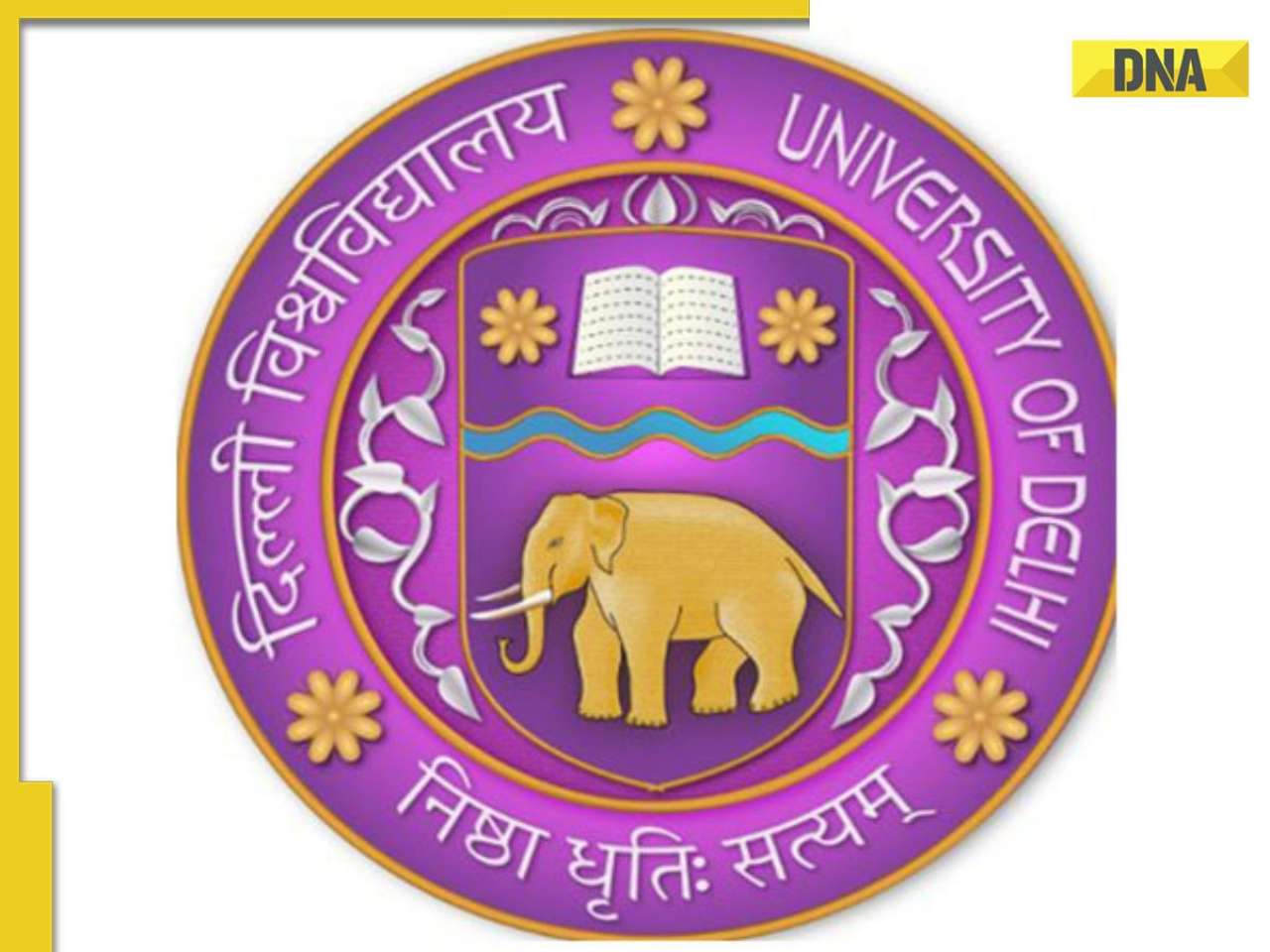
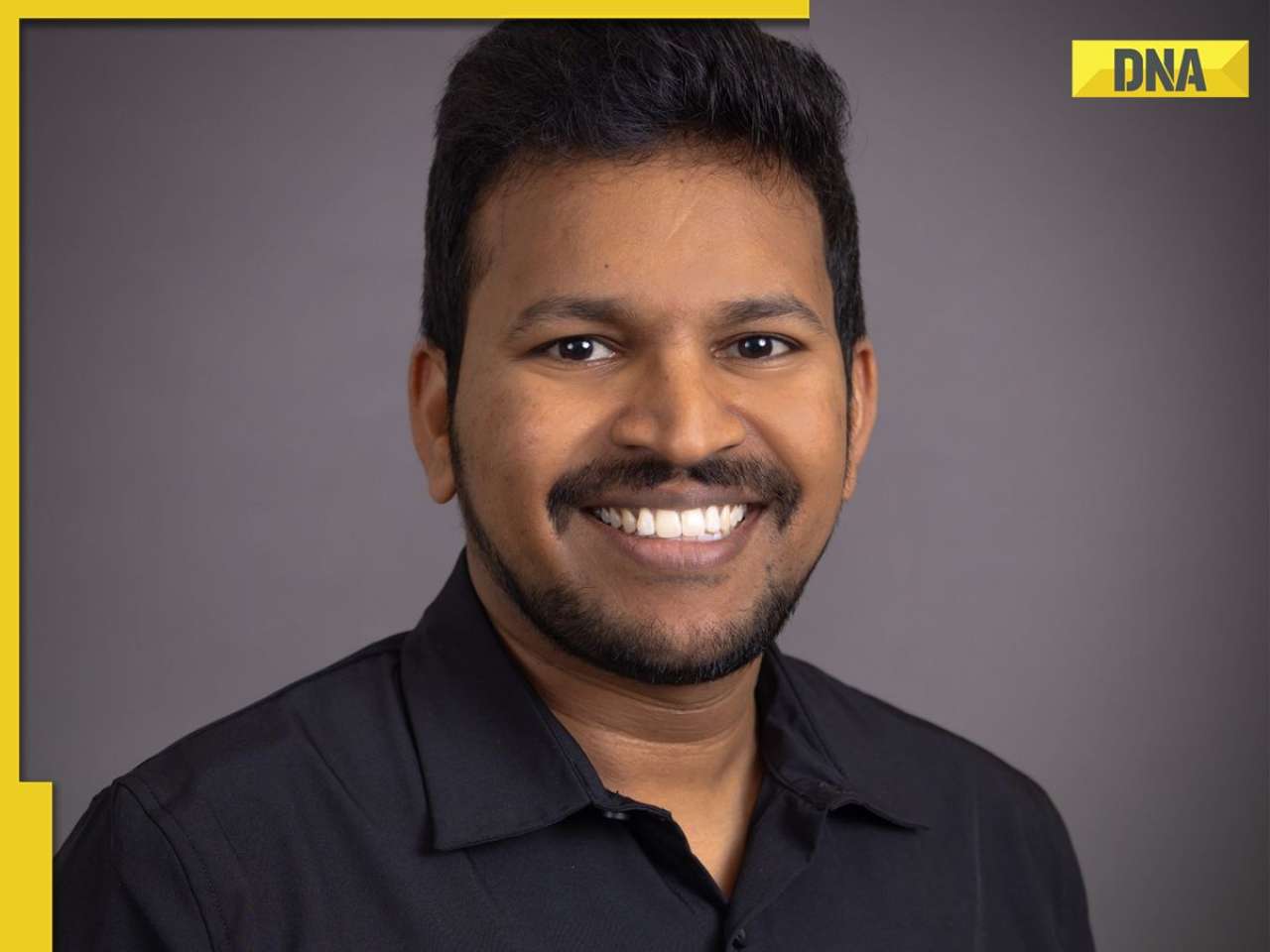
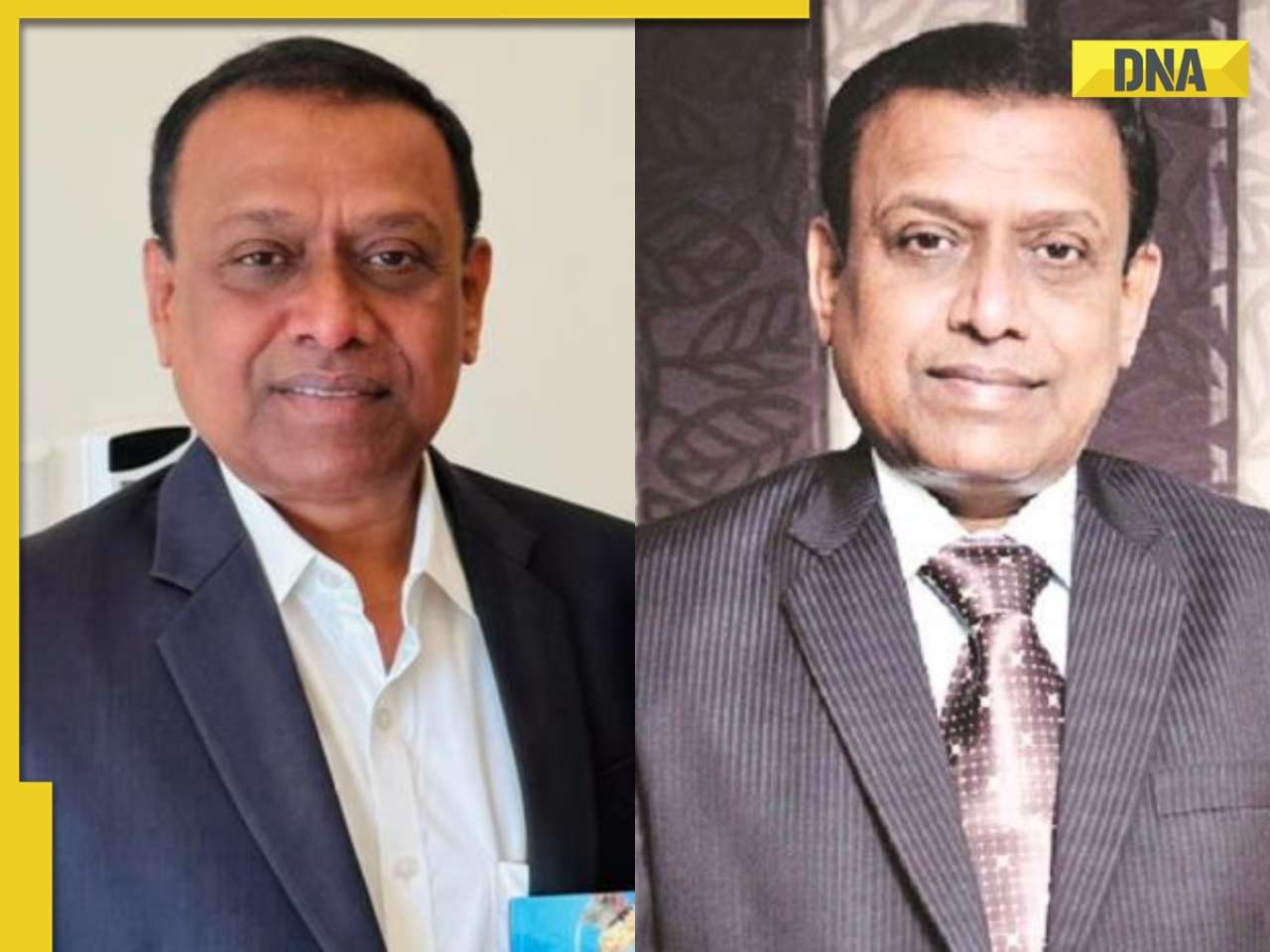
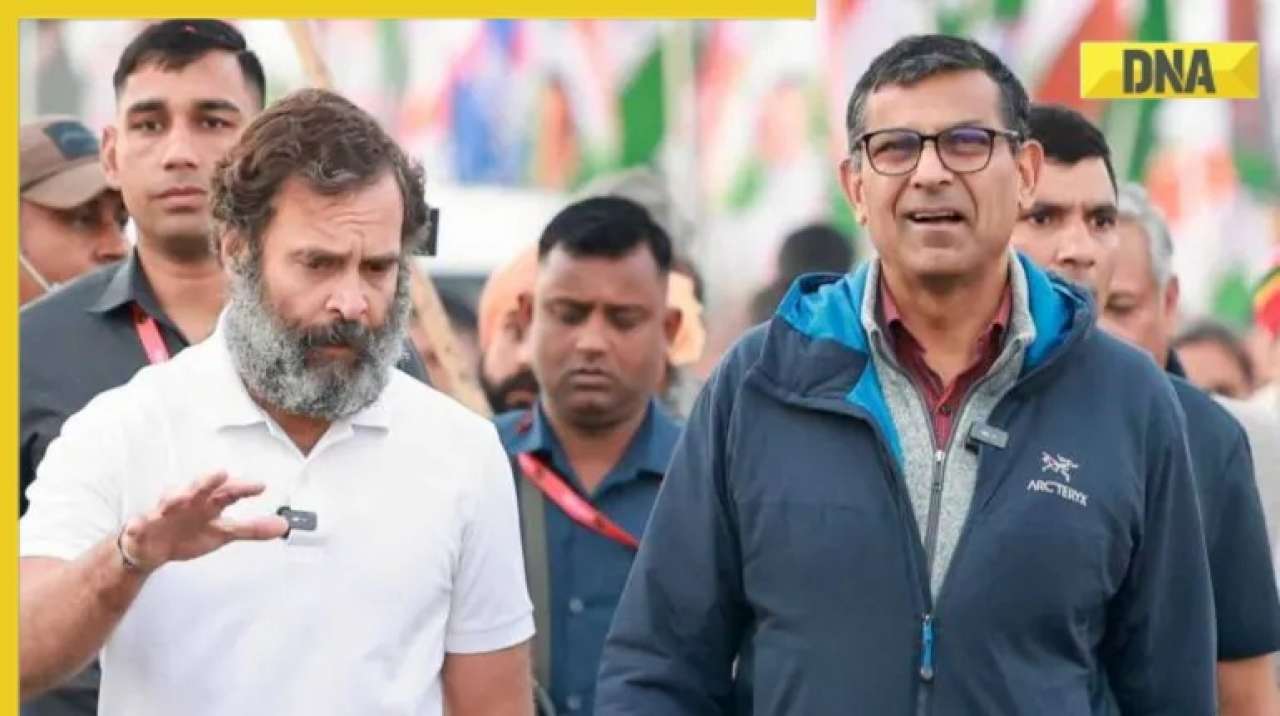









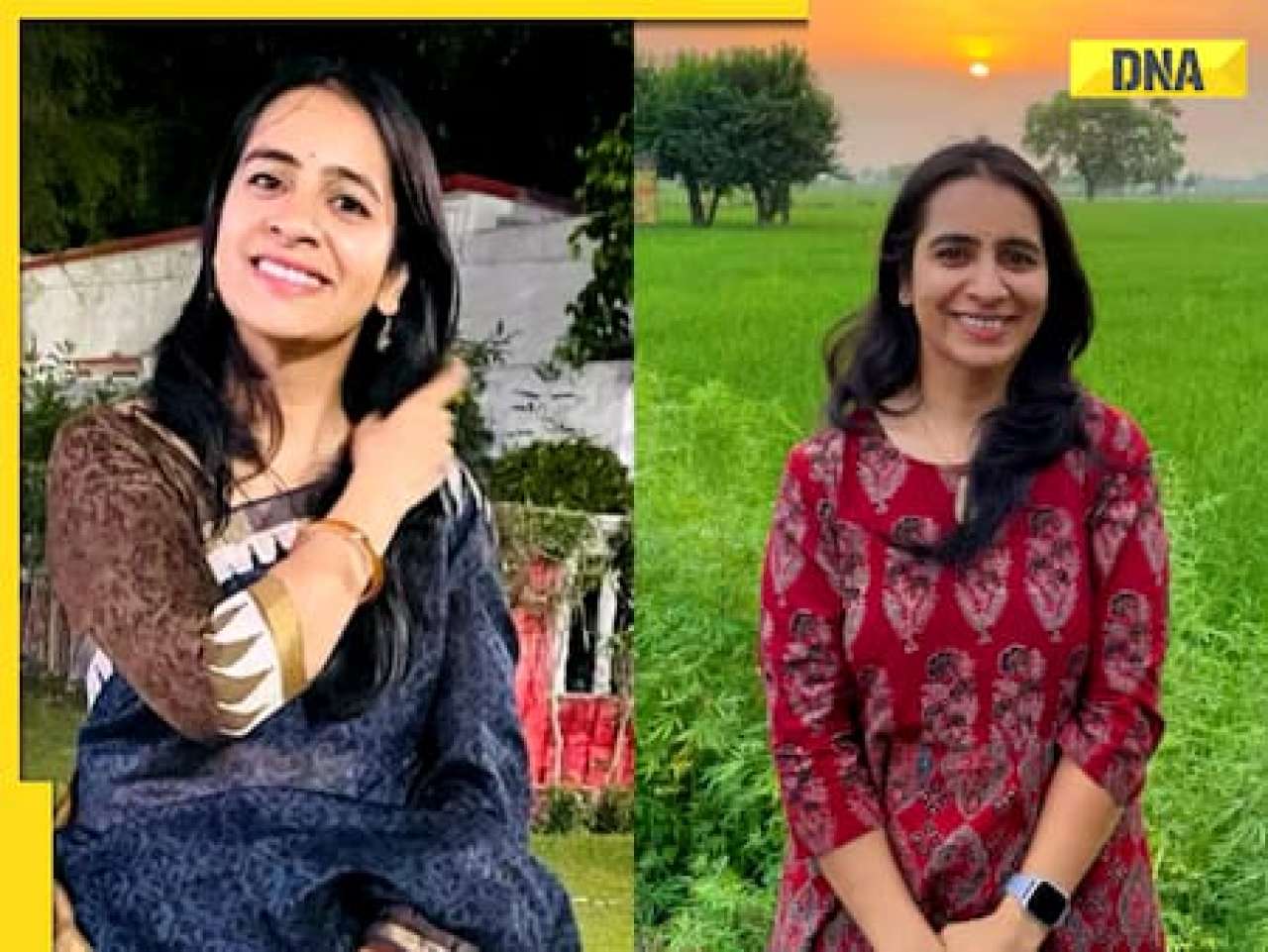
















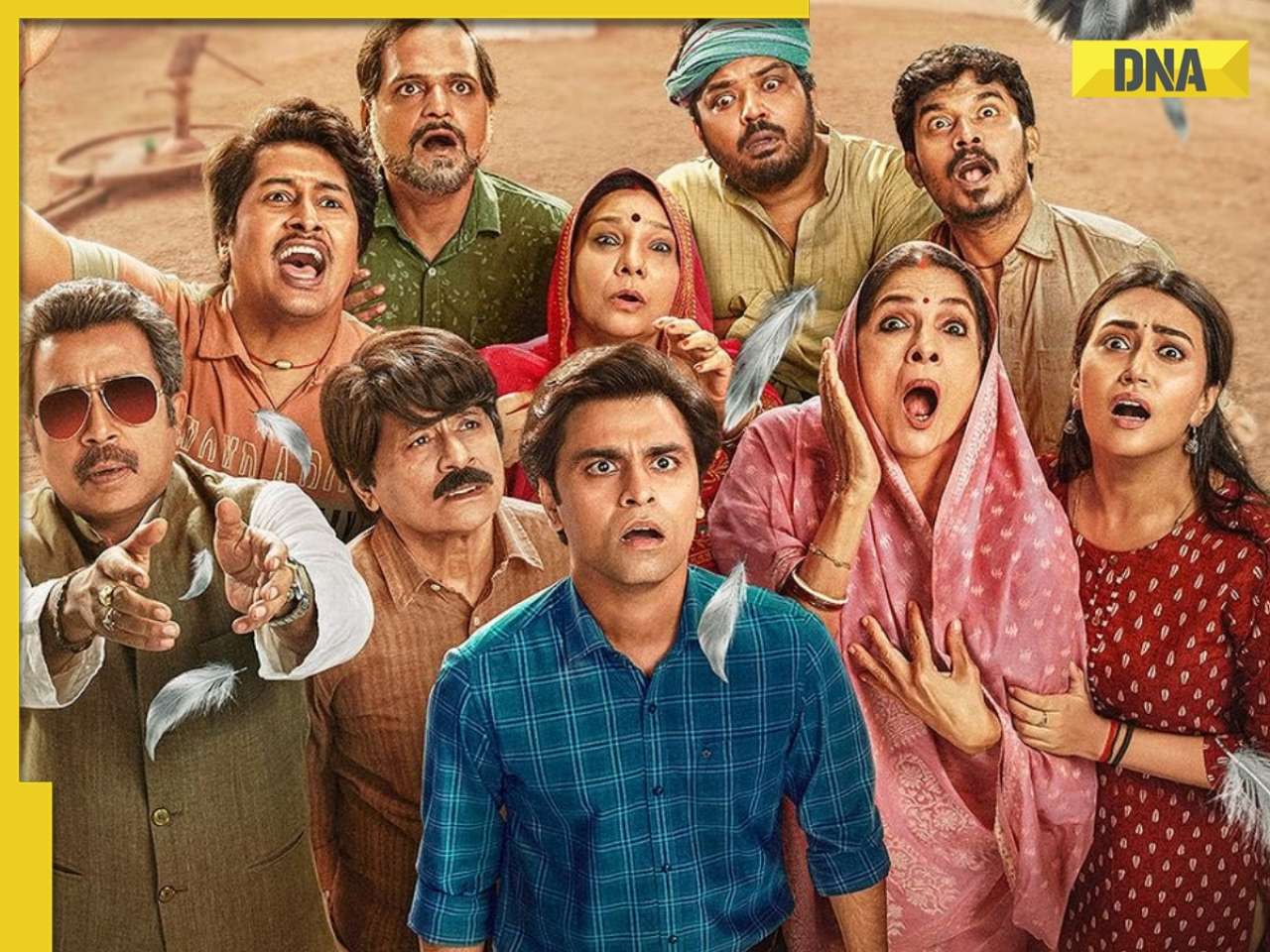


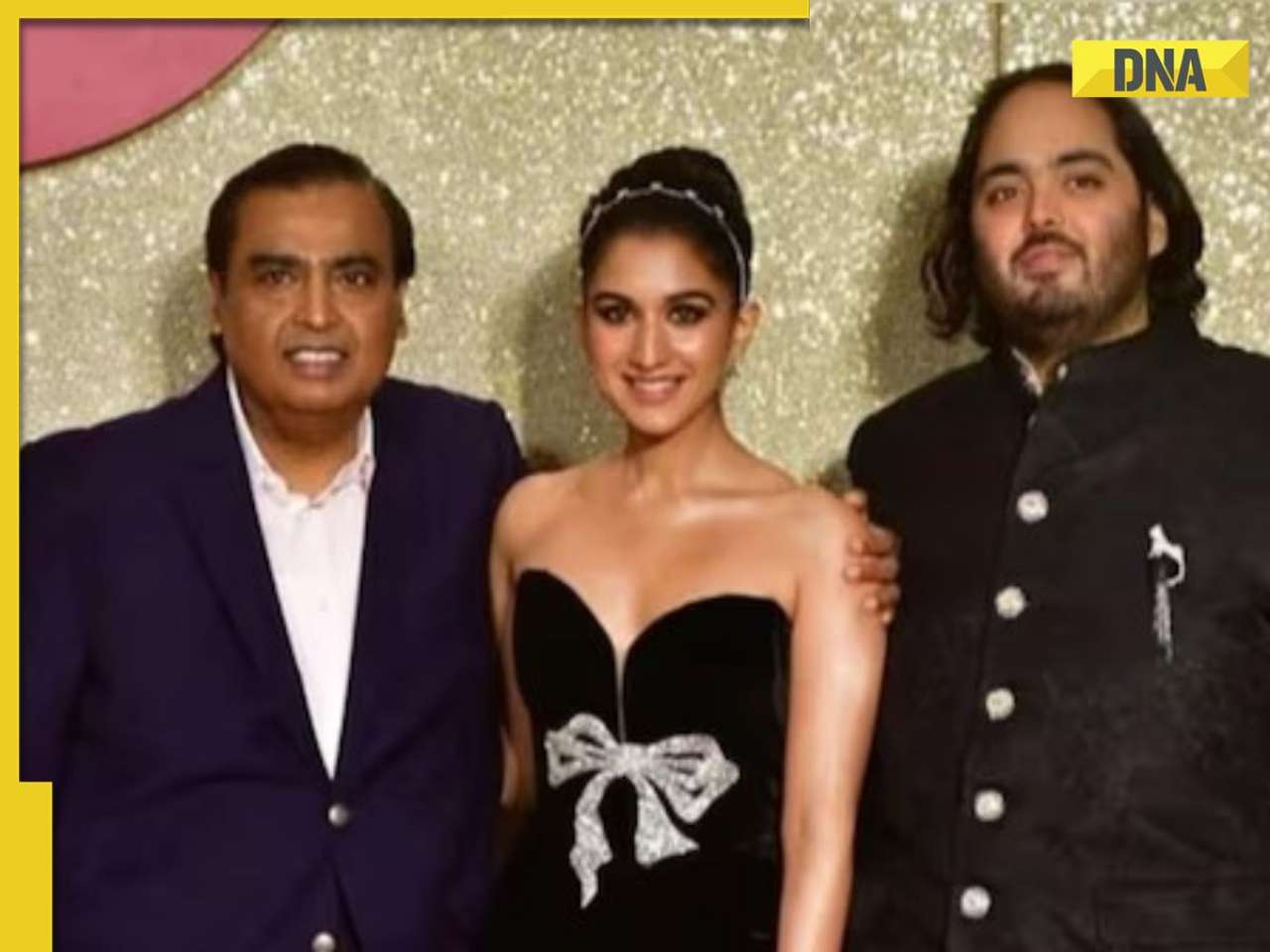
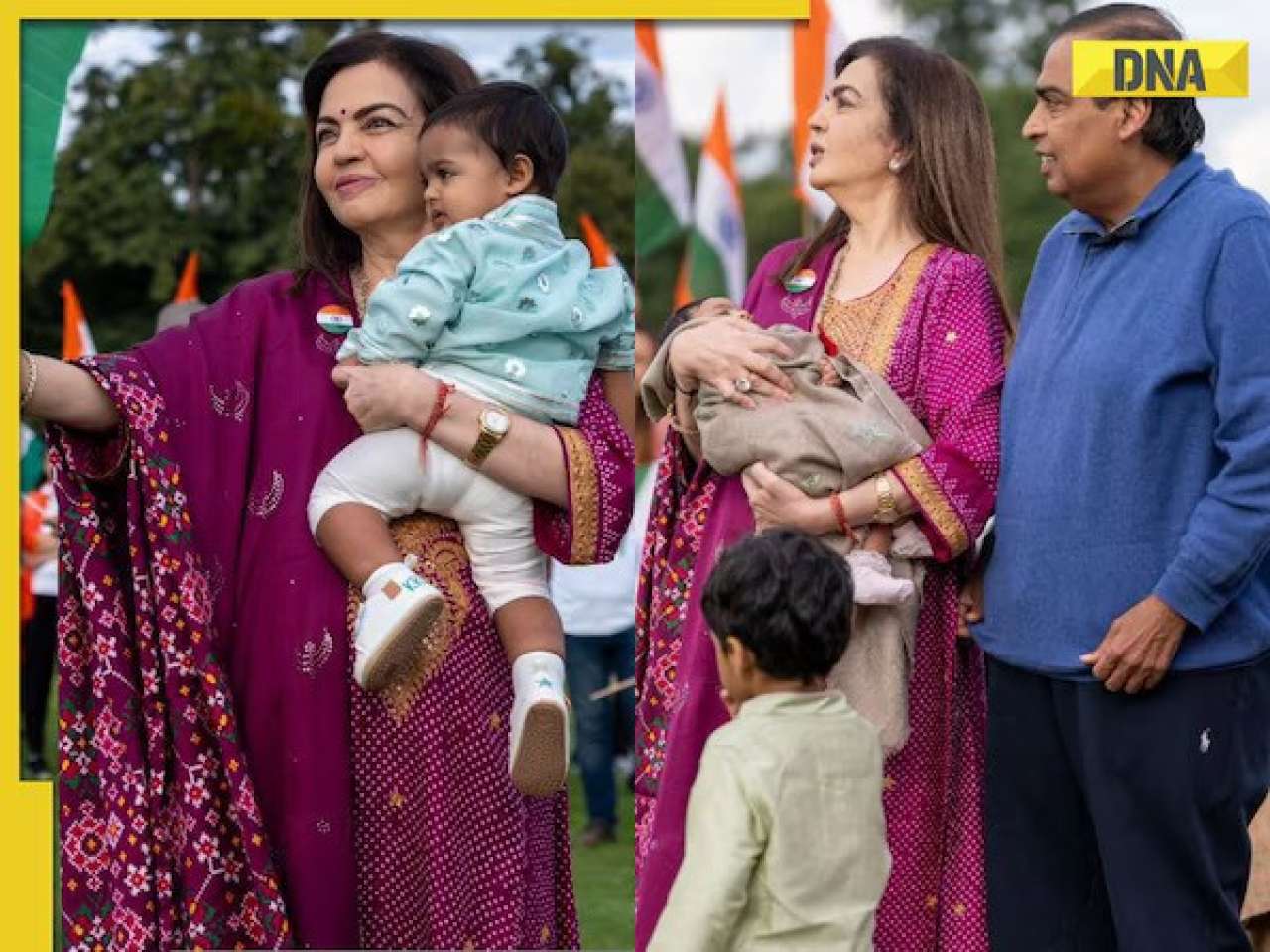
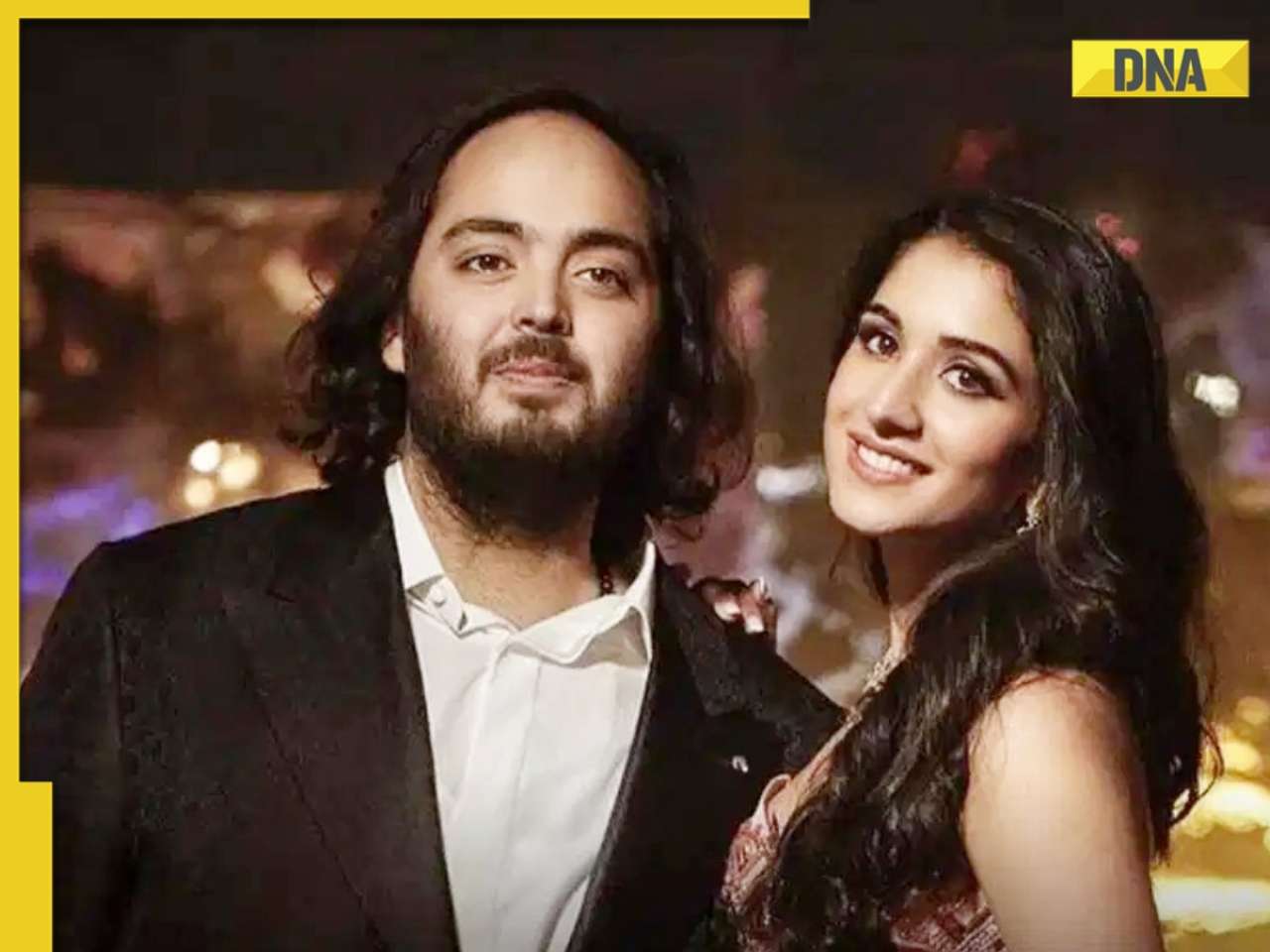

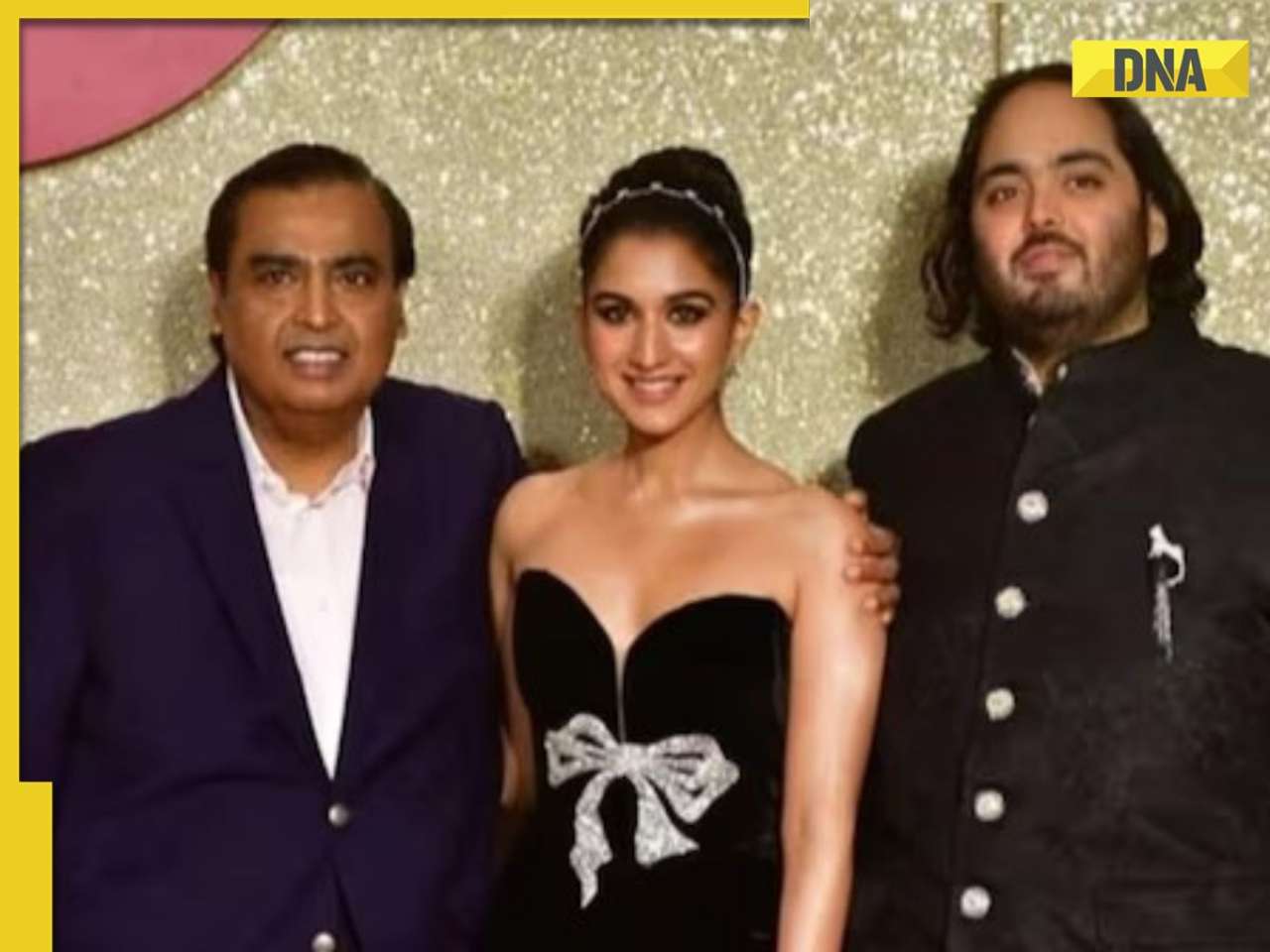

)
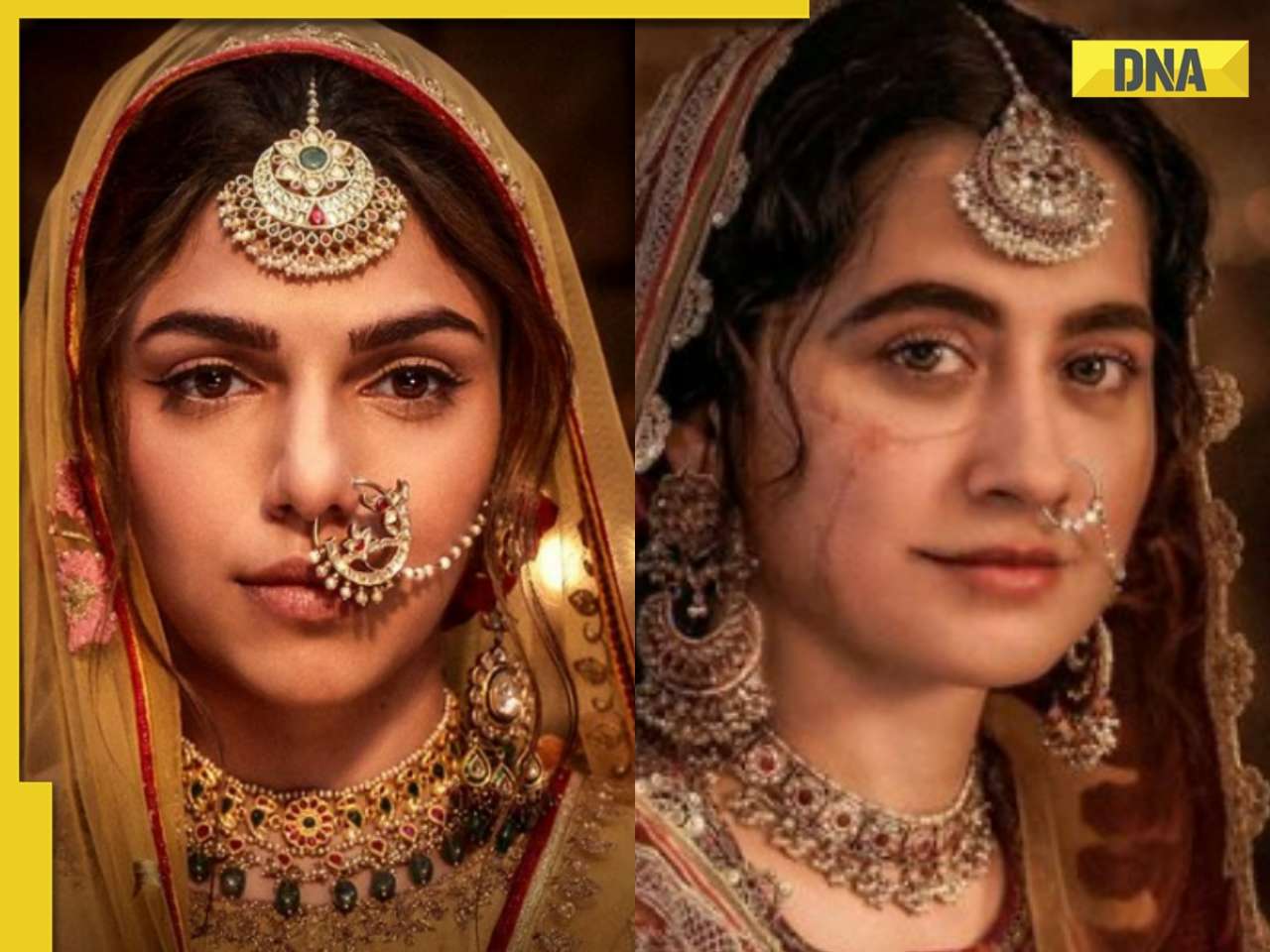

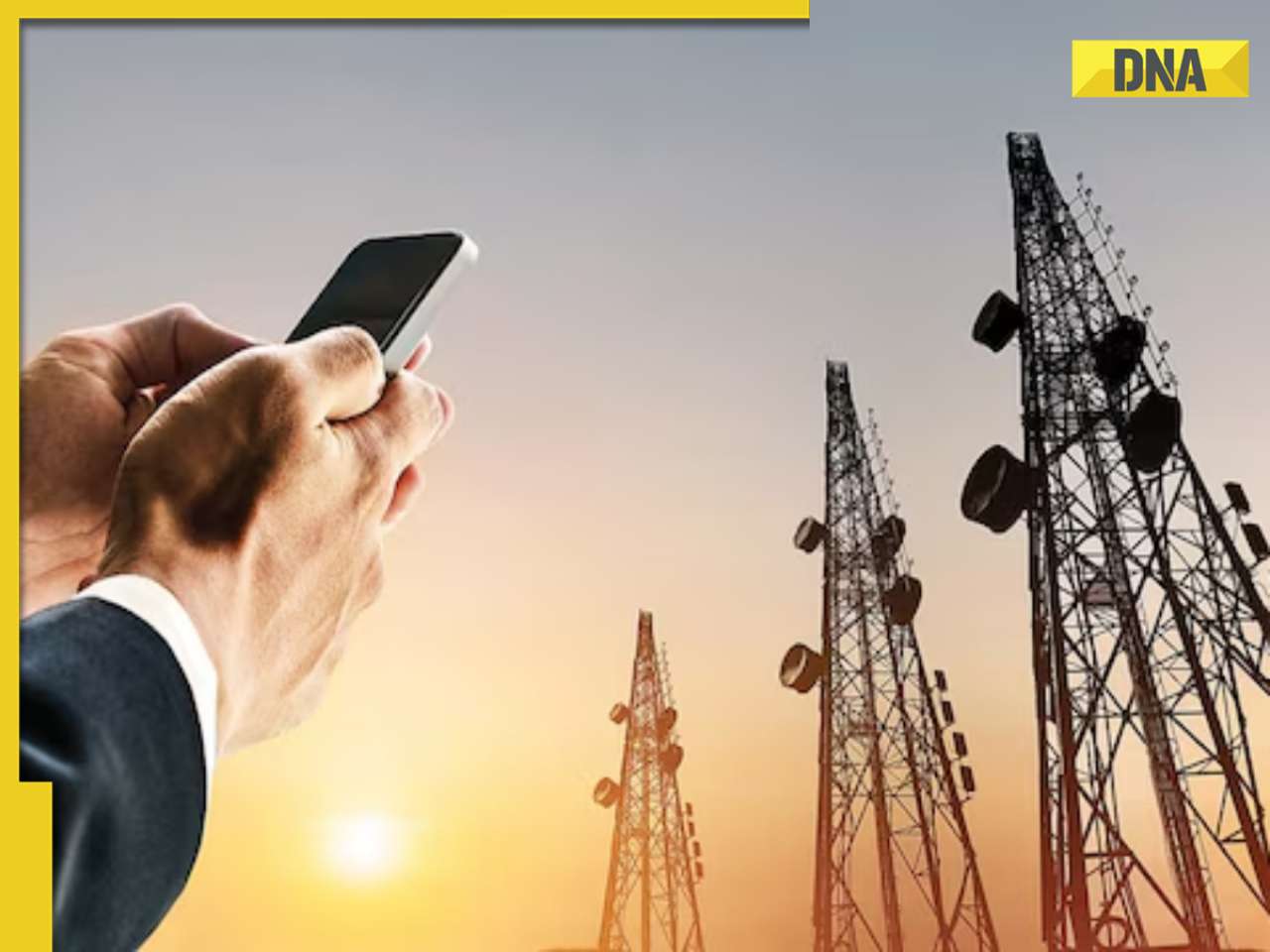
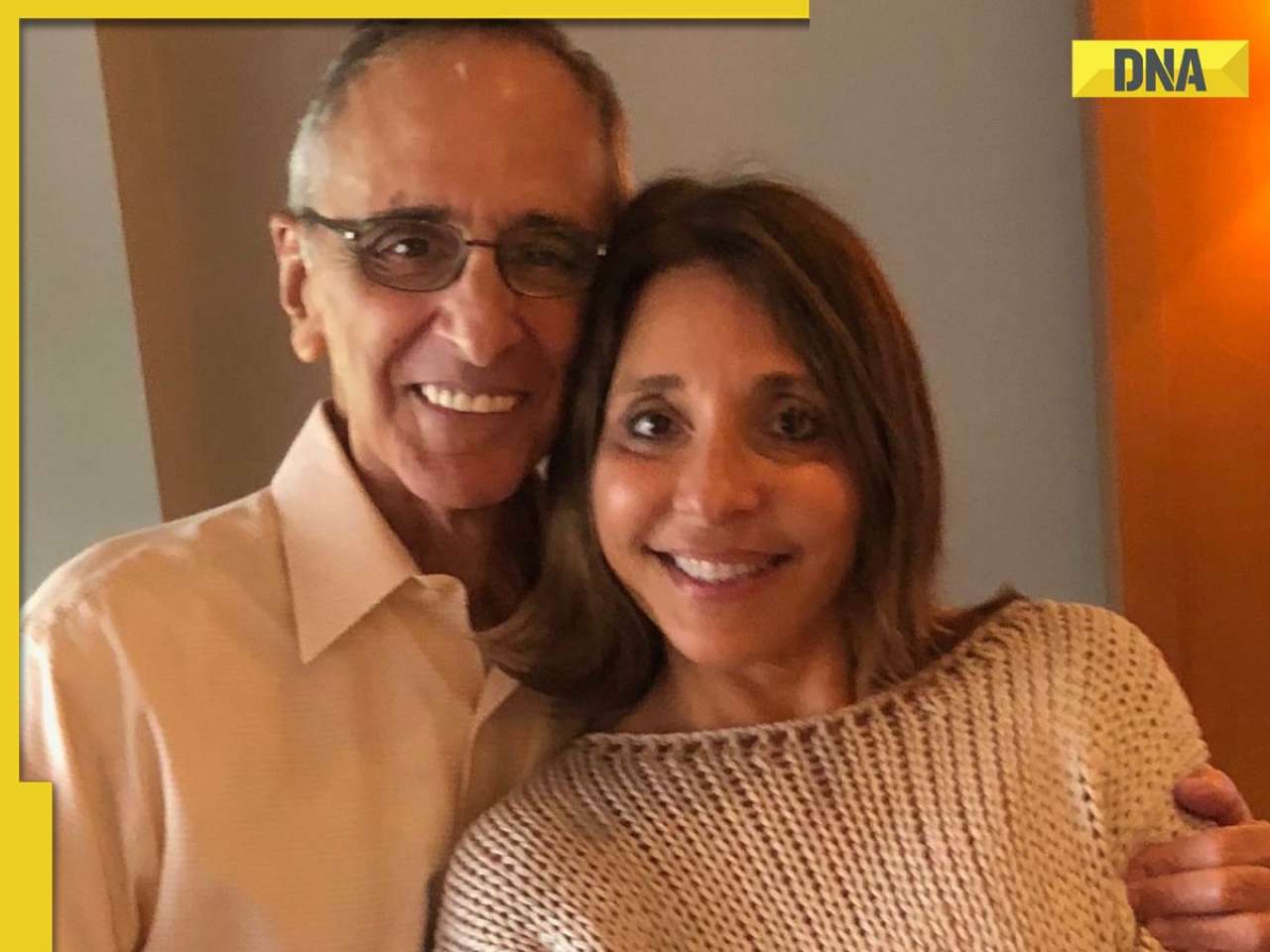

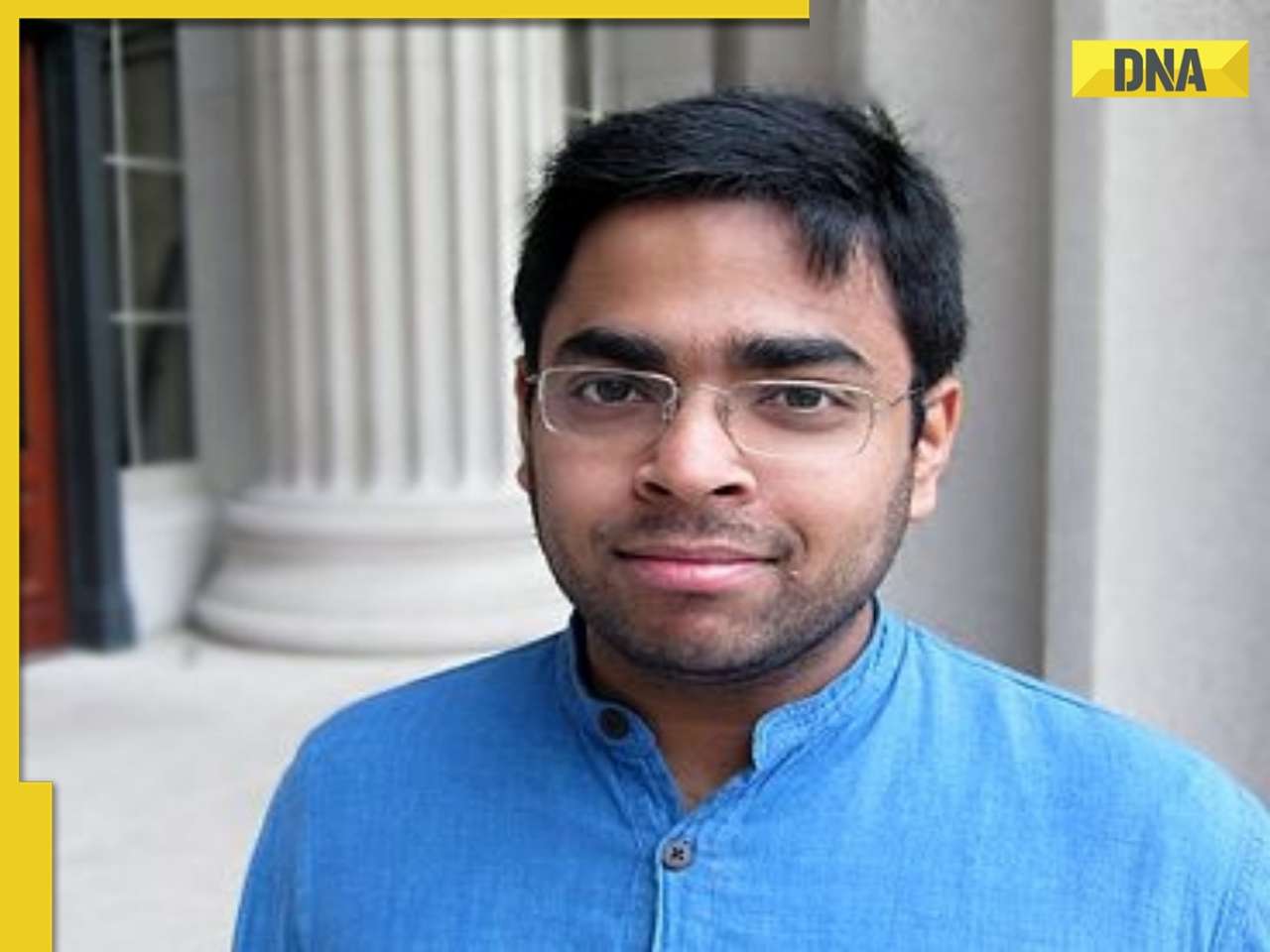

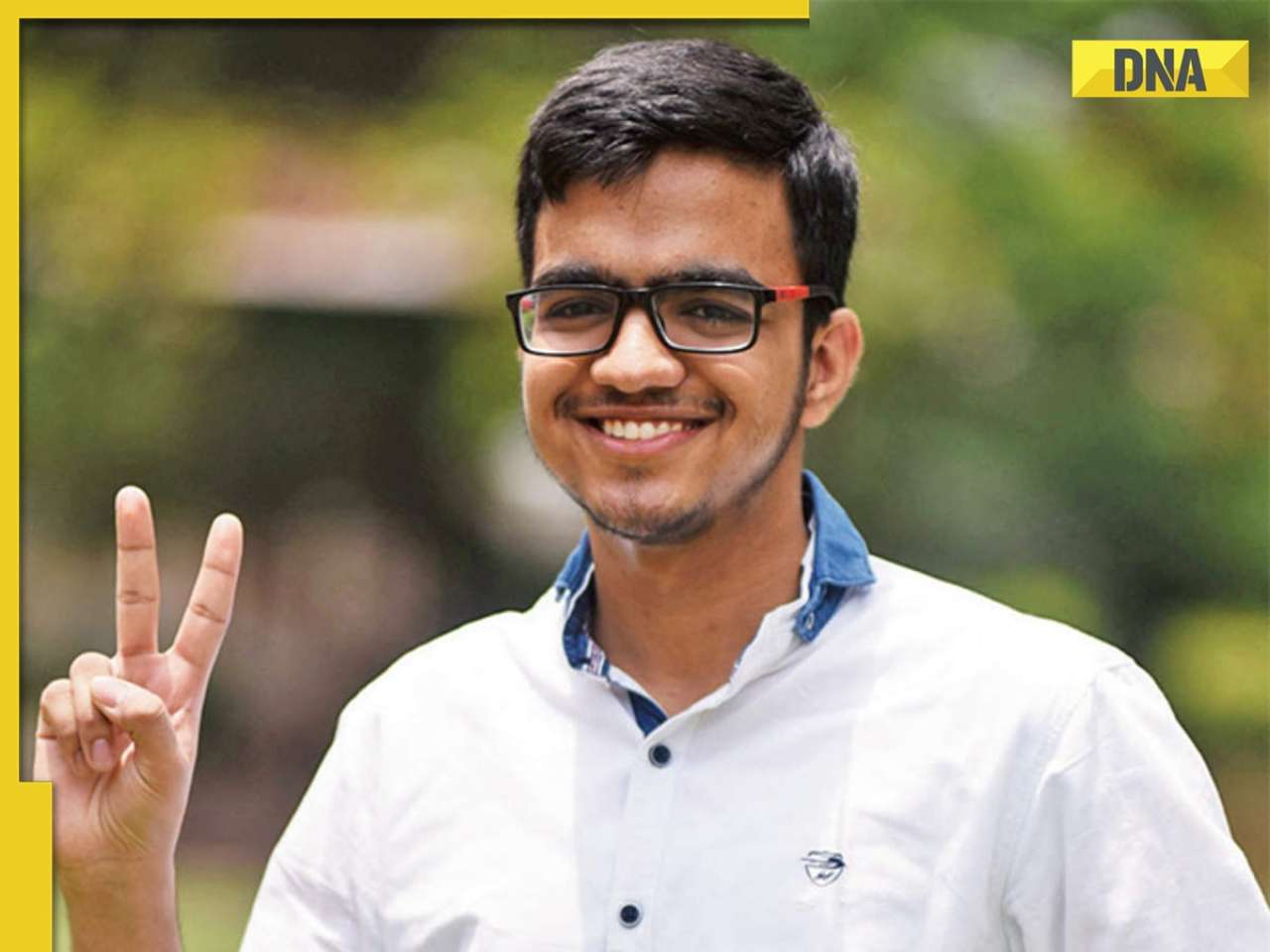
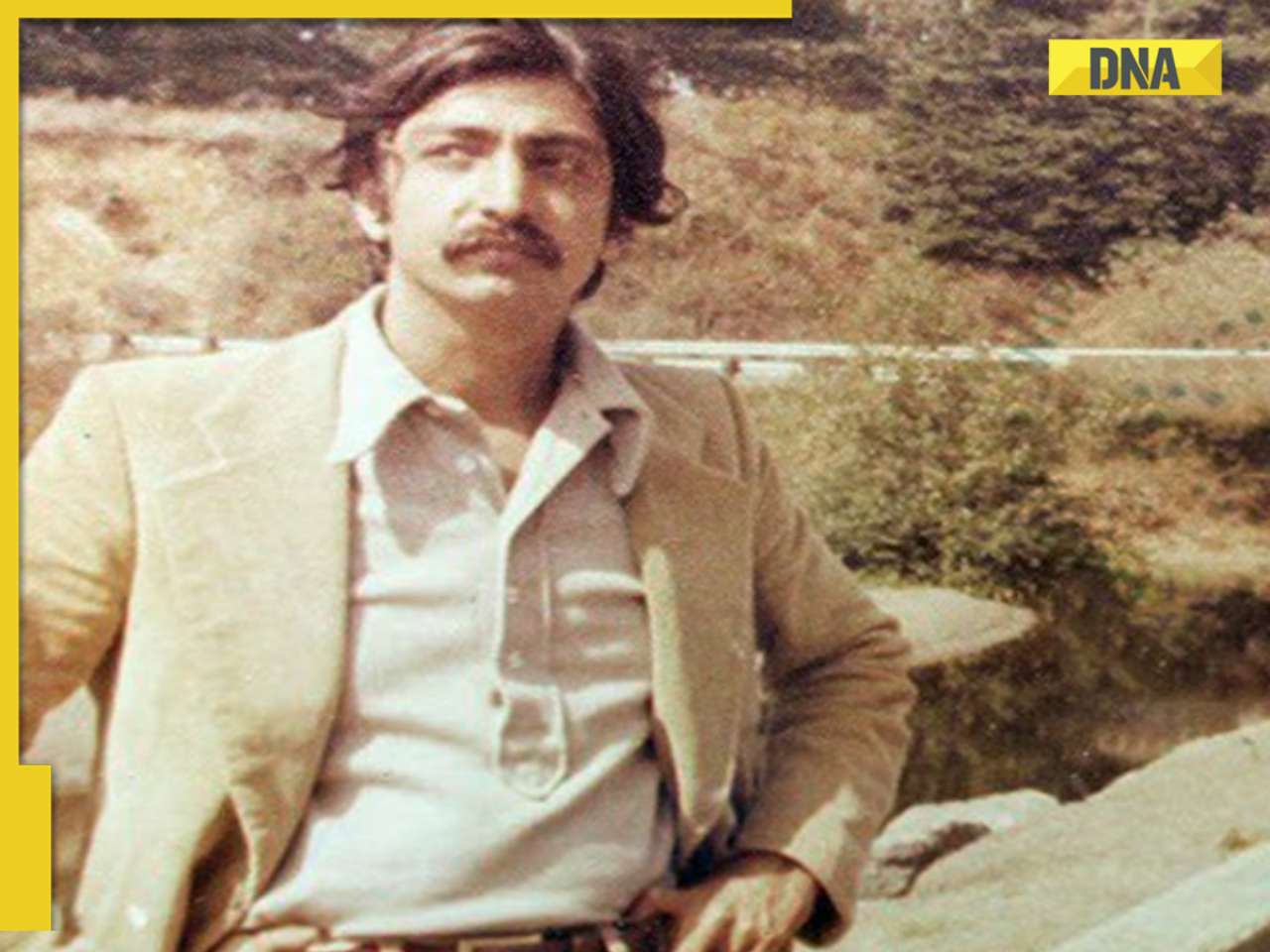

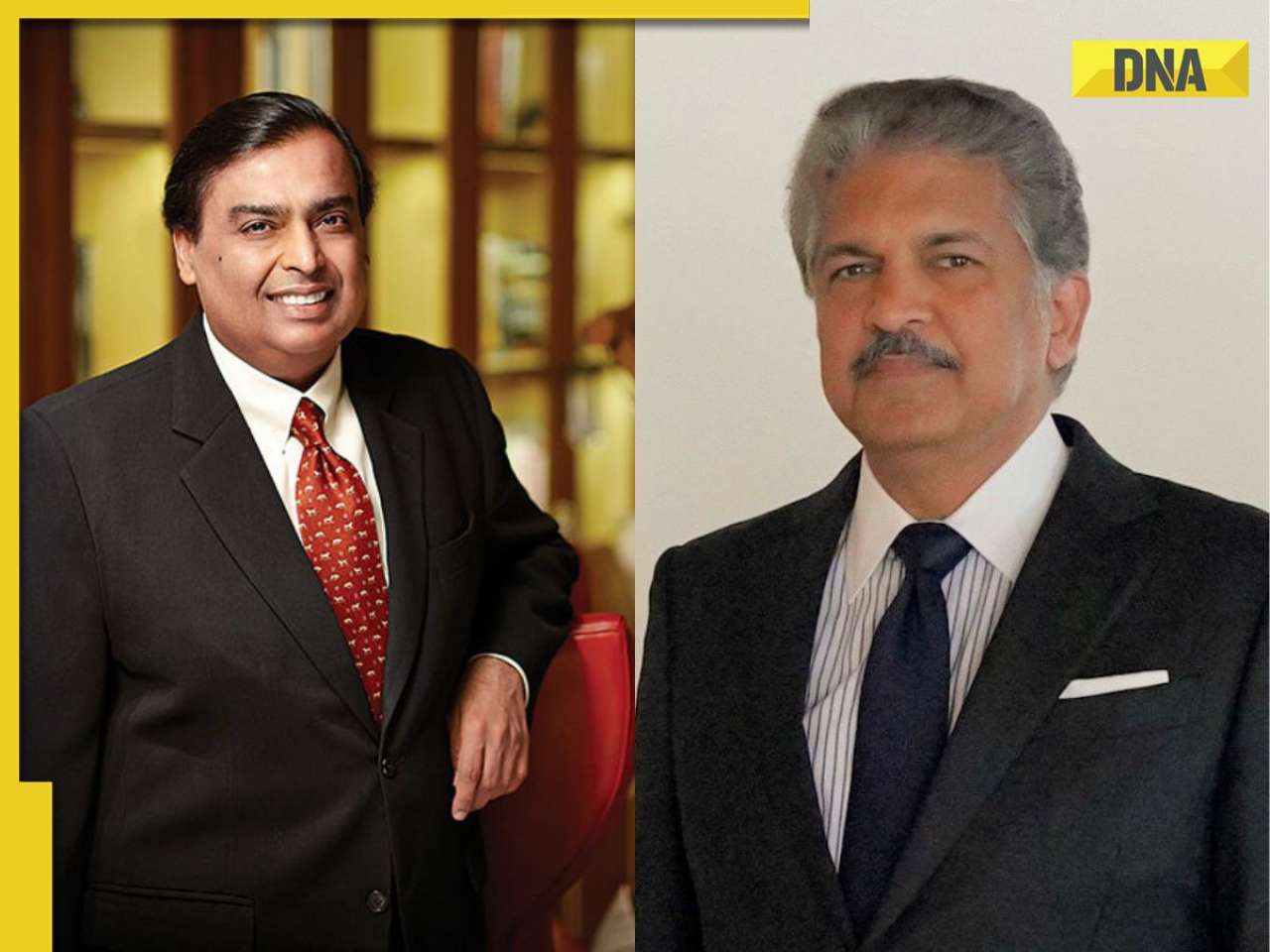

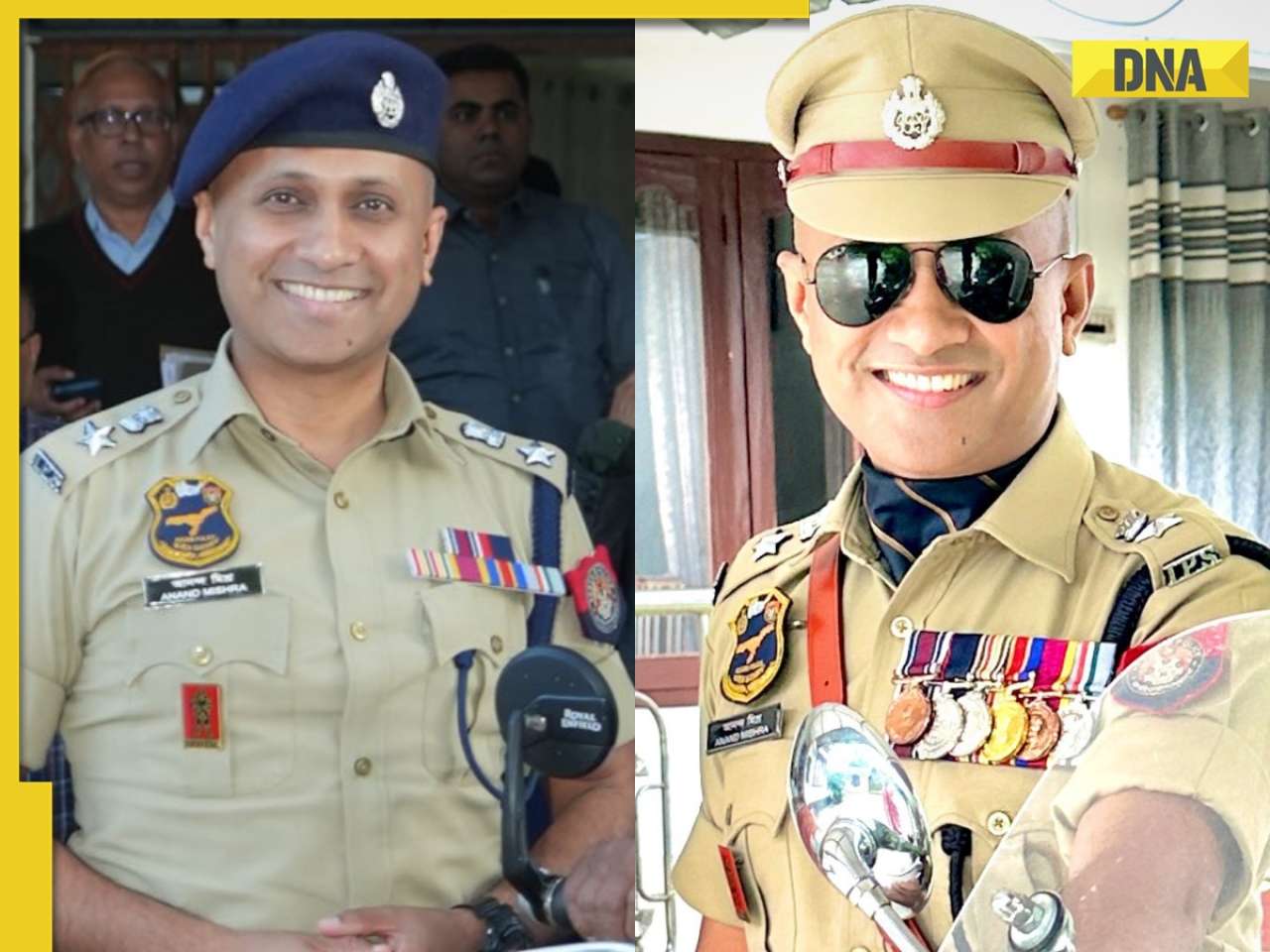
)
)




)
)
)
)
)
)